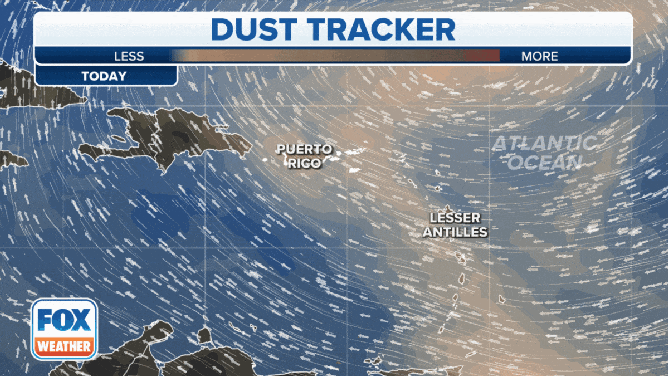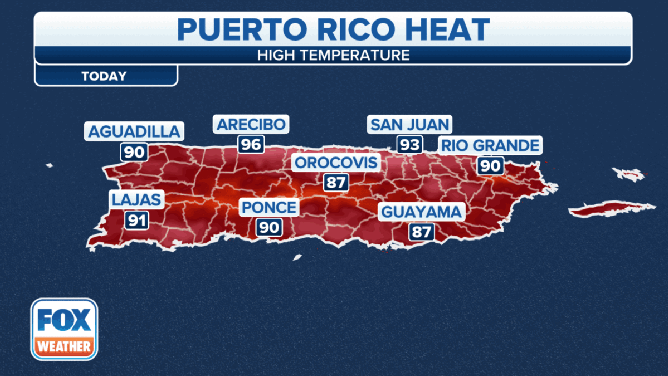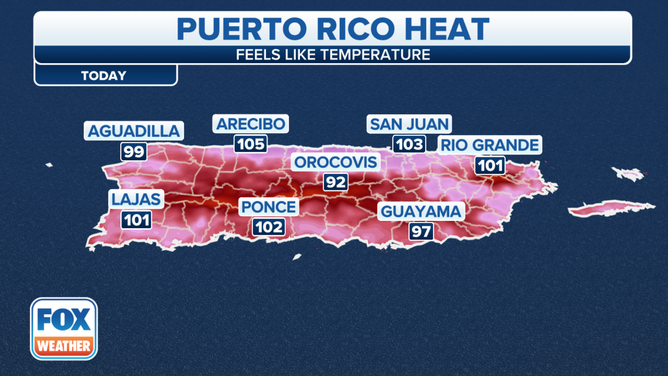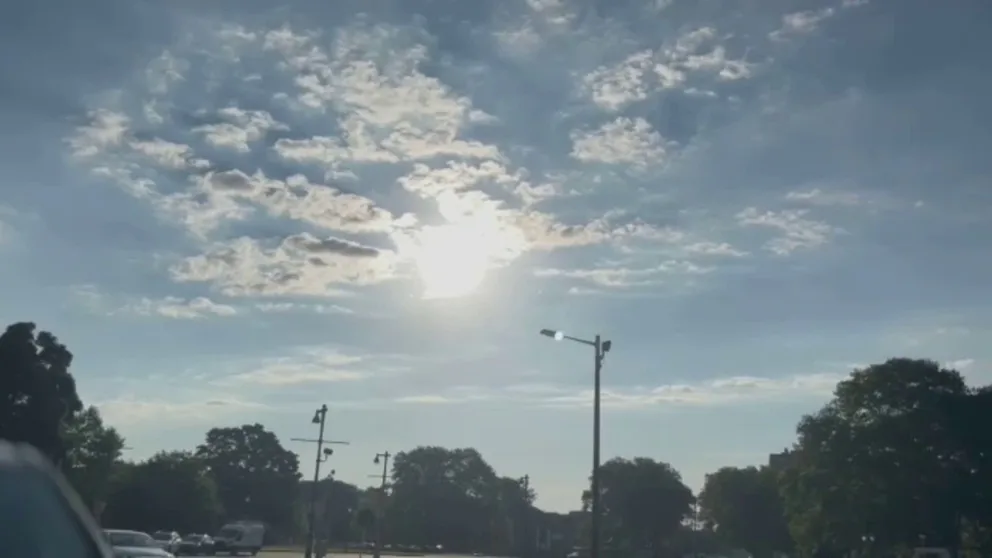Life-threatening heat sears Puerto Rico as heat index climbs above 110 degrees
The extreme heat could lead to heatstroke or heat exhaustion, so officials are urging people to exercise caution and limit time outdoors if possible.
How to tell the difference between heatstroke and heat exhaustion
The two heat-related illnesses can appear very similar, but have dangerously different outcomes.
SAN JUAN – The excessive heat and humidity across northern portions of the U.S. island territory of Puerto Rico will continue through the rest of the week, with the National Weather Service warning residents of triple-digit feels-like temperatures higher than 110 degrees through Saturday night.
The high temperature in San Juan on Wednesday was 94 degrees, tying its record temperature for June 7 in 1976.
The tie came one day after San Juan broke its record for high temperatures on June 6. Temperatures on Tuesday reached a stifling 95 degrees, breaking its old record of 93 degrees in 2012.
Other urban and coastal areas of Puerto Rico and the U.S. Virgin Islands will see feels-like temperatures higher than 100 degrees through the rest of the week and into the weekend.
The NWS has issued Excessive Heat Warnings and Heat Advisories for all of Puerto Rico.
According to the NWS, low pressure to the north and a building area of high pressure to the east of Puerto Rico would maintain a southerly wind flow, pulling in the very hot and humid air.
In addition, drier air and Saharan dust will continue to gradually move over the region over the next few days, but the combination of high temperatures and humidity could lead to a heat index higher than 100 degrees and possibly as high as 120 degrees for the rest of the week.
Saharan dust contributing to the dangerous heat

The Saharan dust tracker through Friday, June 9, 2023.
Saharan dust is drying out the air over Puerto Rico, preventing clouds from forming to help block some of the sun’s dangerous rays. This is allowing temperatures to rise significantly during the afternoon hours across the island.
"That radiation from the ground as the surface begins to heat up, that sand loves that, and it absorbs all of the heat," said FOX Weather meteorologist Stephen Morgan.
Morgan said that is why we’re seeing some of those extreme daytime temperatures, but the Saharan dust is also preventing temperatures from falling overnight.
"(The sand) is acting like a blanket. It’s like clouds that we see sometimes in the evening keeping those temperatures warmer," he said.
Potentially deadly heat expected in Puerto Rico this week

High temperatures in Puerto Rico through Friday, June 9, 2023.
Life-threatening heat will persist across Puerto Rico through the end of the week after San Juan already saw a record-high temperature on Tuesday.
Temperatures in the lower to mid-90s are expected across most of the island, except southeastern Puerto Rico, where cities like Guayama will see a high temperature in the upper 80s.

The feels-like temperature in Puerto Rico on Wednesday, June 7, 2023.
The heat and humidity will make it feel much hotter across Puerto Rico, with many areas seeing a feels-like temperature higher than 100 degrees.
Arecibo and San Juan could see a feels-like temperature between 100 and 105 degrees, and the NWS is warning that some areas could see those feels-like temperatures reach 110 degrees or more.
HEAT KILLS MORE AMERICANS THAN FLOODING, TORNADOES, HURRICANES OR LIGHTNING
Heat could turn deadly in Puerto Rico

(FOX Weather)
Portions of northern Puerto Rico will again be under Excessive Heat Warnings and Heat Advisories as temperatures climb throughout the day.
Excessive Heat Warnings include the cities of Arecibo, Barceloneta, Dorado, Florida, Manati, Vega Alta and Vega Baja.
This is because prolonged periods of dangerously hot temperatures and humidity could cause the feels-like temperatures to reach as high as 115 degrees.
Residents are being asked to take extra precautions if spending time outdoors.
The NWS said Heat Advisories have also been issued for cities in northern Puerto Rico, such as San Juan.
Those advisories are in effect through the afternoon hours as feels-like temperatures could reach as high as 110 degrees.
HOW TO TELL THE DIFFERENCE BETWEEN HEAT EXHAUSTION AND HEATSTROKE
Heatstroke and heat exhaustion awareness
Dr. Diane Birnbaumer, UCLA Emeritus of Medicine Professor, discusses the signs of heat-related illness
More Americans are killed by heat than any other type of extreme weather.
According to statistics compiled by NOAA, heat has claimed an average of 158 lives in the U.S. each year based on the most recent 30-year period from 1992 to 2021. That far outpaces the average number of people killed annually by floods (88), tornadoes (71), hurricanes (45) and lightning (37).

